A few days ago, my girlfriend wanted to buy a phone and asked me whether she should get the iPhone XR or the iPhone XS.
I carefully explained the differences between the two. Apart from the basic parameters being the same, the iPhone XR uses an LCD screen, while the iPhone XS uses an OLED screen, and so on.
Then my girlfriend readily replied, “I want that golden one!”

Alright, I admit that women always look at the aesthetics when buying things.
However, this also indicates that despite the many popular science articles available online, many people still don’t understand the differences between screen types, leading some folks to stubbornly believe that one type of screen material must be superior.
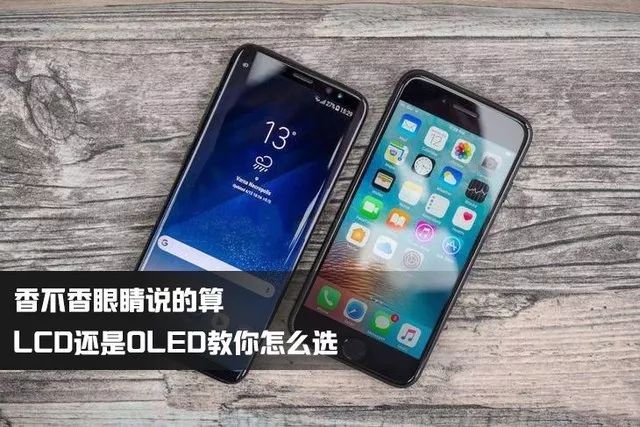
Today, I will explain the specific differences between the two mainstream screen materials on the market: LCD and OLED, so that everyone won’t be misled by merchants when buying phones.
One Soft, One Hard, Which One Do You Choose?
If I had to describe the two screens in a simple and understandable way, it would be“one is soft, the other is hard.”
First of all, the terms LCD and OLED actually refer to two types of screen materials.
LCD (Liquid Crystal Display) translates to liquid crystal display; OLED (Organic Light-Emitting Diode) roughly translates to organic electroluminescent display.
Clearly, OLED sounds more high-end.
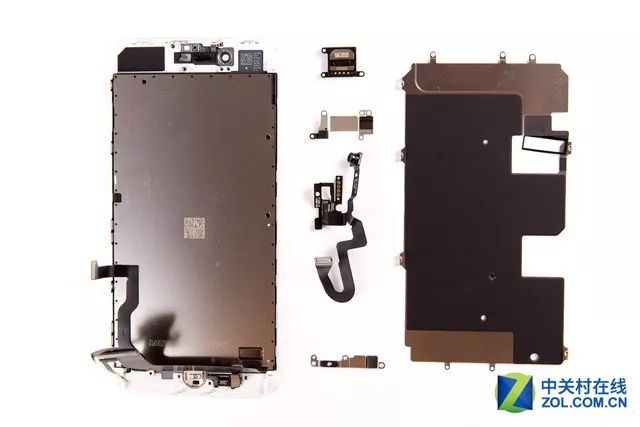 Before the iPhone 8, Apple used LCD screens.
Before the iPhone 8, Apple used LCD screens.
As mentioned, the most intuitive difference between LCD and OLED is that one is hard and the other is soft.
The working principle of LCD mainly consists of two parallel glass plates, with layers of liquid crystal, polarizers, color filters, and other materials in between.
In summary, LCD requires backlight to display. This is why when displaying black, you may notice some light leakage and whiteness around the screen.
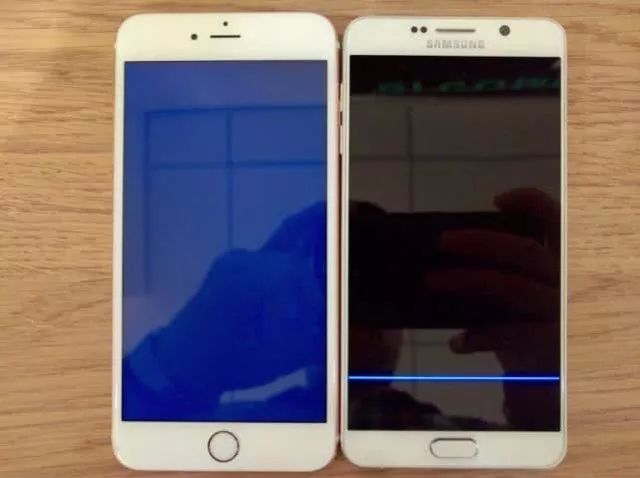 LCD screen (left) and OLED screen (right) displaying black simultaneously (image from Twitter)
LCD screen (left) and OLED screen (right) displaying black simultaneously (image from Twitter)
On the other hand, OLED simplifies the structure significantly, requiring only two thin films and a glass or plastic substrate. Thanks to the self-luminous properties of OLED materials, there is no need for a backlight module or color filters, nor the liquid crystal filling process typical of LCD panels, allowing for a thickness of about 0.5-1.8mm.
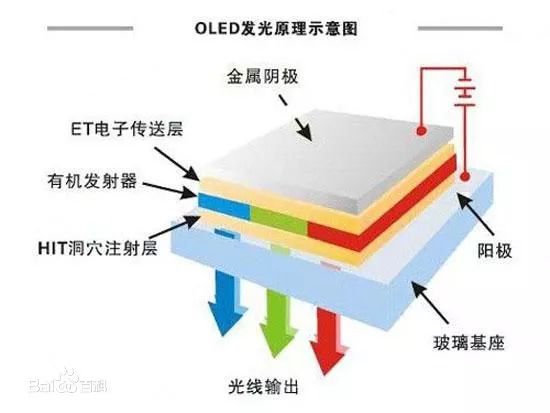 Diagram of OLED light-emitting principle (image from www.baidu.com)
Diagram of OLED light-emitting principle (image from www.baidu.com)
A simple way to distinguish between the two screens is that when displaying black, if the screen is very pure, it’s OLED; if it’s somewhat washed out, it’s LCD.
Additionally, a high screen-to-body ratio with very narrow bezels on all sides is also a characteristic of OLED. The reason OLED screens have a high screen-to-body ratio is related to the “packaging technology”.
What Are COP, COF, COG, and COB?
I don’t know why, but full-screen has become the keyword in the mobile phone industry this year, with major phone brands brainstorming to enhance screen-to-body ratios. Nowadays, if your phone has a screen-to-body ratio of over 90%, it’s almost embarrassing to call it a full-screen phone.
However, one thing is certain: it is precisely due to the arrival of full-screen technology that OLED screens have seen explosive growth, to the point where in 2018, there were very few phones still using LCD.
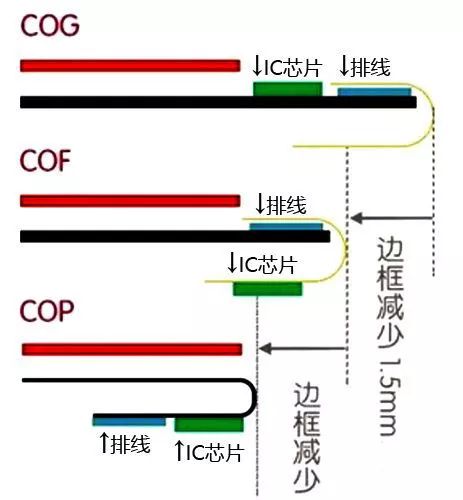 COG/COF/COP three types of screen packaging technology
COG/COF/COP three types of screen packaging technology
Since we are talking about full-screen, we must mention three screen packaging technologies: COP, COF, while COG and COB packaging technologies belong to LCD screens, which we will discuss later.
COP, COF, and COG essentially refer to three different packaging methods for screen IC chips and connection lines. Due to the flexible characteristics of OLED, the screen can be bent at certain angles to maximize the screen-to-body ratio.
If after looking at this image, you still don’t understand, let me mention two models that I’m sure you’ll recognize.
The representative model for COP technology is the iPhone X, while the representative for COF technology is the OPPO Find X, both of which have very high screen-to-body ratios.
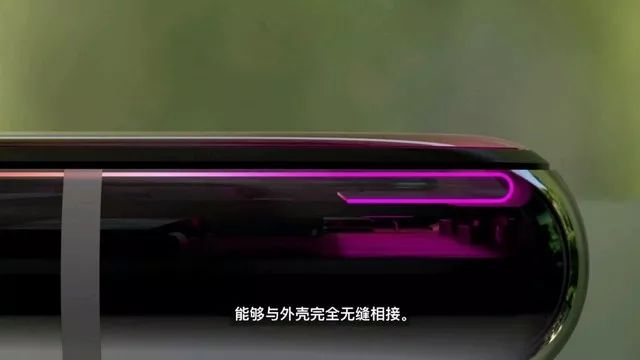 The iPhone X was the first to adopt COP screen packaging technology
The iPhone X was the first to adopt COP screen packaging technology
Next, let’s take a look at the packaging technologies for COG and COB in LCD screens.
COG is an early packaging technology for LCDs; for example, the first generation of Xiaomi MIX used this technology. This is why the Xiaomi MIX, despite having very narrow left and upper bezels, still has a large chin.
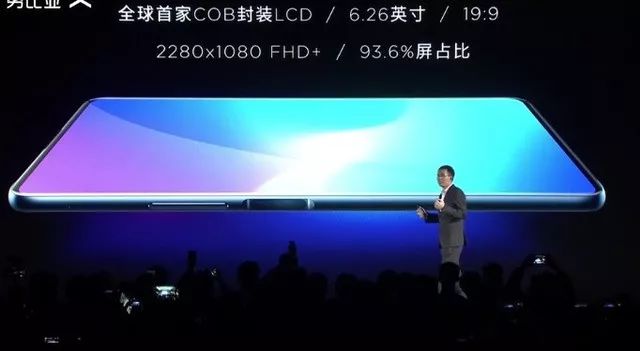 Nubia X uses COB screen packaging technology
Nubia X uses COB screen packaging technology
COB technology was previously proposed by Nubia X.
Although it’s not a pioneering technology, it can be understood as core components not requiring separate packaging, but rather being directly adhered to the substrate and tightly soldered with fine metal wires to the substrate pads.
This approach allows LCD screens to also achieve a screen-to-body ratio of over 90%.
Is OLED Really Better Than LCD?
Many people have probably heard that OLED screens are more high-end than LCDs, so OLED must be better than LCD.
Indeed, it cannot be denied that OLED is much more expensive than LCD, but the quality of a screen is more determined by human perception, and color preference is subjective.
In general, if we purely consider color performance, OLED tends to have a more vivid appearance and displays black more purely.
However, you must tolerate the “burn-in” issue that cannot be avoided due to its self-luminous characteristics.
On the other hand, LCD displays tend to be more realistic, and compared to OLED, LCD screens have a higher pixel density at the same resolution, making text display clearer.
Some may have heard of the “flicker” phenomenon in OLED screens.
Indeed, OLED can exhibit what is known as flicker, which essentially means that when filming a phone with a camera, waves may appear vertically.
This is mainly because OLED often uses PWM dimming, which quickly turns the screen light source on and off to adjust brightness (which may not be fully understood).
However, there is no need to understand the principle; the flicker phenomenon in OLED is undoubtedly present, but it is not perceivable to the naked eye.
If you are worried that flicker may harm your eyes, I think you are overthinking it. Just imagine, if flicker caused strong discomfort to people’s eyes, OLED would have been eliminated long ago.
The Leading Models of Two Camps, Each with Its Features
After discussing so much, which phones currently use LCD screens and which use OLED screens? I have compiled a list of leading models from both camps, each highly representative.
The iPhone XR should be considered the representative of LCD screens this year. Since Apple first adopted OLED last year, the status of LCD has significantly declined.
According to Apple’s official explanation, the LCD screen on the iPhone XR is the best Apple has ever made.
However, limited by the 1792 x 828 resolution, it falls short of the more refined display of its older brother, the XS, but overall display quality is still impressive.
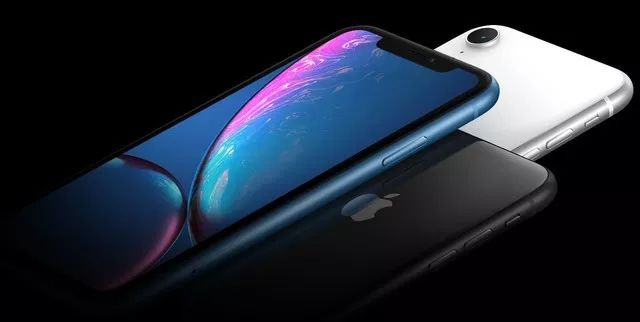 iPhone XR
iPhone XR
Speaking of OLED, we cannot overlook Samsung, as Samsung is currently the largest supplier of OLED. Naturally, Samsung’s flagship model this year, the Galaxy Note 9, is also the most representative phone of the entire OLED camp.
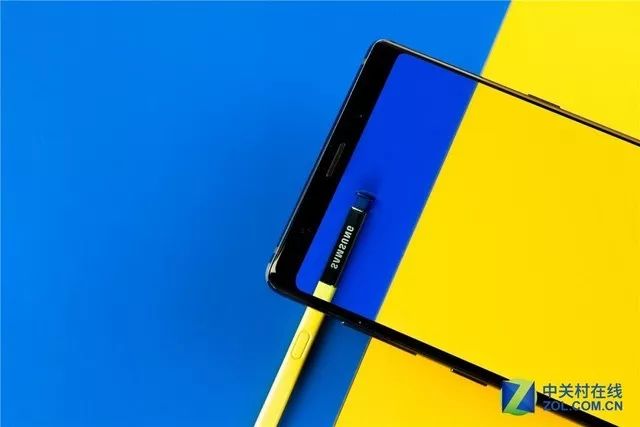 Samsung Galaxy Note 9
Samsung Galaxy Note 9
In conclusion, both types of screens have their own advantages and disadvantages. While we cannot directly measure them as good or bad, it is certain that as phones are moving towards full screens and the popularization of under-screen fingerprint technology, OLED has obvious advantages.

